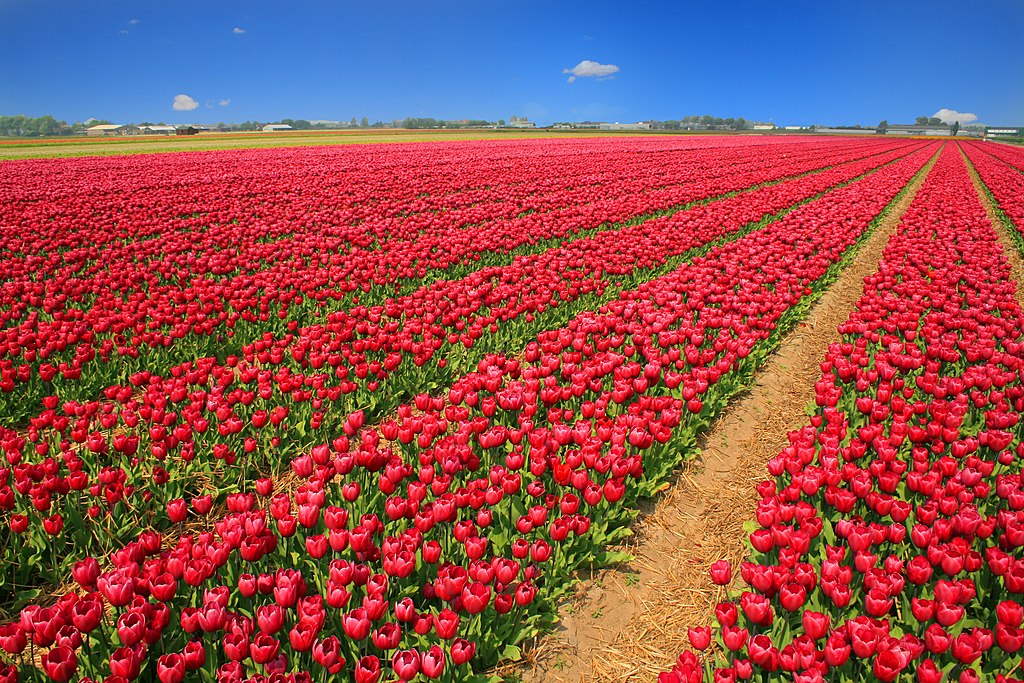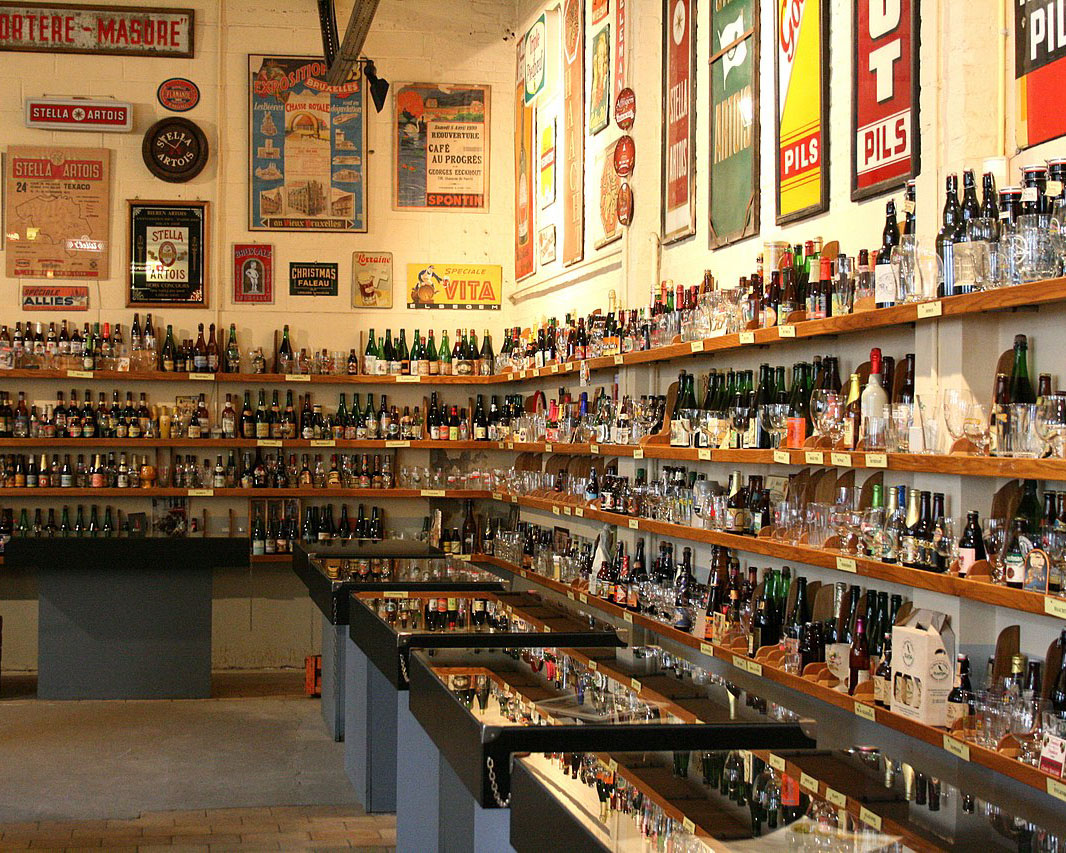Holland ‘s famous tulip gardens are one of the country’s most iconic treasures. Every year, millions of tourists from all over the world flock to see the blooming tulips spread across the fields in a vibrant burst of color.
Tulips are often associated with Holland. Every spring, when millions of tulips blossom in fields, gardens, and parks, the nation is transformed into a rainbow of hues. In addition to being stunning to see, tulips in Holland have an interesting history and culture. In this article, we’ll introduce you to some of Holland’s most well-known tulip gardens and discuss what makes them unique.
How Did Tulips Get to Holland and What Are They?
The lily family includes bulbous flowers like tulips. They feature six petals and are available in a range of hues, forms, and sizes. Tulips are indigenous to Turkey and Central Asia, where they have long been grown as a crop. They were carried from the Ottoman Empire to Europe in the 16th century by merchants and travelers.
The first tulips came in Holland in 1593 when Carolus Clusius, a botanist, planted flowers at the Leiden University botanical garden. He was researching their medical qualities when he quickly realized they also have decorative value. By breeding many tulip kinds together, he also developed new variations.
In Holland, tulips gained enormous popularity, particularly among the affluent and aristocratic classes. They were regarded as a prestige, prosperity, and beauty symbol. The “tulip mania” phenomenon, which was one of the earliest economic bubbles in history, was also ignited by tulips. Tulip prices reached stratospheric heights between 1634 and 1637 as individuals made bets on their potential future worth. Some expensive tulip bulbs were more valuable than a home or a vessel. The market crashed in 1637, however, and many individuals lost their riches as a result, causing the bubble to pop.
Tulips continued to play a significant role in the culture and economics of Holland despite this setback. Holland now produces and exports the most cut flowers and tulip bulbs worldwide. Each year, the nation produces more than 3 billion tulip bulbs, which are sent to more than 100 nations worldwide.
Where Can I Visit the Dutch Tulip Gardens?
There are numerous locations in Holland where you may observe tulip gardens, but these are some of the more well-known ones:
Keukenhof is one of the biggest flower gardens in the world and the most well-known location to see tulips in Holland. Each year, Keukenhof, which spans 32 hectares, displays more than 7 million tulip bulbs. Daffodils, hyacinths, and crocuses, among other springtime blooms, are also present in the garden. Throughout the season, Keukenhof hosts a variety of exhibits, activities, and themes, open from late March until mid-May.
Tulip Fields: The tulip fields that surround Keukenhof and other locations in Holland are a great place to observe tulips in their natural setting. They are best explored on a bike or using a car. For a bird’s eye perspective, you may also travel in a helicopter or a hot air balloon. Mid-April to early May is generally when the tulip fields are in full bloom.
Floriade: Every 10 years, Holland hosts Floriade, a global horticultural exhibition. The last edition took place in Almere in 2022. A sizable park with pavilions, gardens, and activities focused on sustainable living was presented during Floriade.
The Amsterdam Tulip Museum is a little yet educational museum that chronicles the history of tulips and its influence on Dutch history and culture. Tulip fever, how they were introduced to Holland, how they are produced and sold now, and how they influence art and architecture are all covered in the museum’s exhibitions, displays, and videos. There is a store at the museum where you may purchase tulip bulbs and mementos.

Nepal mountains

The Music of South Korea

Secrets and Legends of Angkor Wat

Scenic Tea Plantations in Sri Lanka









